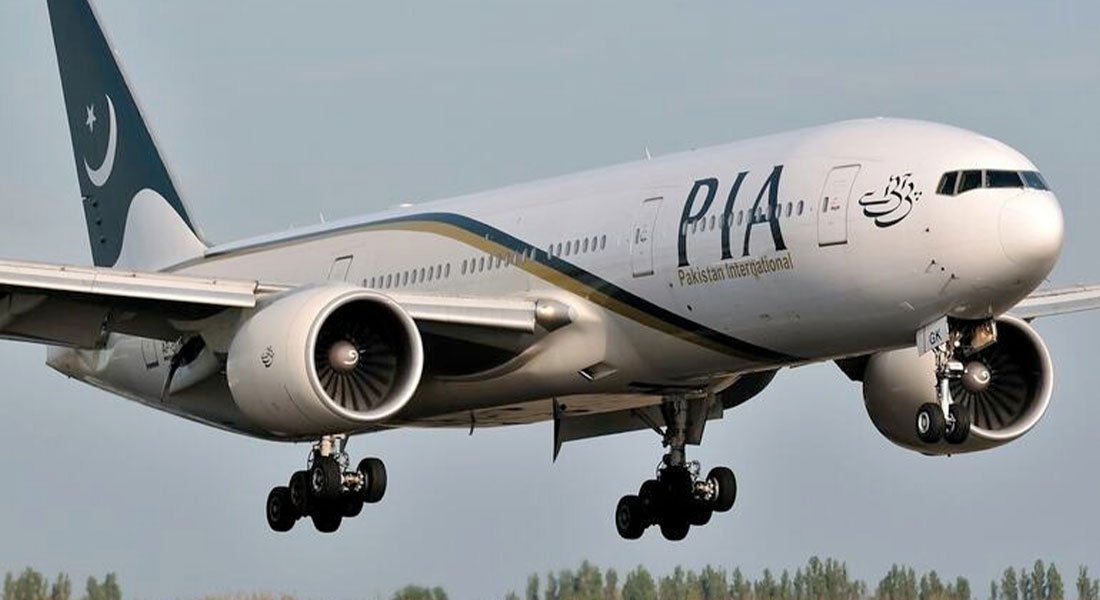A Pakistan International Airlines (PIA) flight bound for Dubai narrowly avoided a major catastrophe last night, thanks to the extraordinary aviation skills of its pilot. The incident unfolded over the Gulf of Oman, where the aircraft encountered a critical hydraulic failure, forcing an emergency descent. Despite the harrowing situation, the pilot’s expertise and quick thinking ensured a safe landing, averting what could have been a disaster.
Mid-Flight Emergency: PK213 in Distress
Flight PK213, an Airbus A320, departed from Karachi’s Jinnah International Airport at 2:05 am, heading for Dubai with passengers unaware of the drama that would unfold mid-air. Approximately an hour into the flight, the aircraft ran into serious trouble while flying over the Muscat region. At an altitude of 36,000 feet, the plane suddenly began a rapid and dangerous descent. Within a mere six minutes, the aircraft had dropped to a critical altitude of 10,000 feet, sending shockwaves through the cockpit and leading the pilot to declare an emergency at 3:08 am, according to a PIA spokesperson.
Hydraulic Failure Sparks Panic
The sudden drop in altitude was the result of a hydraulic system failure, a vital component responsible for controlling various systems of the aircraft, including landing gear, brakes, and flight controls. Hydraulic malfunctions are known to cause extreme turbulence and pose significant risks to the stability of the aircraft. Upon recognizing the severity of the malfunction, the pilot immediately requested assistance from air traffic control in Muscat.
A seasoned aviator, the unnamed pilot assessed the situation, knowing that the malfunction could potentially escalate into a full-blown emergency if not dealt with promptly. Initially, there were considerations of an emergency landing at Muscat International Airport. However, what followed was a remarkable display of technical knowledge and piloting skill, as the pilot was able to troubleshoot the issue while in the air, stabilizing the hydraulic system without requiring an immediate landing.
A 50-Minute Low-Altitude Flight
Although the hydraulic system was partially restored, the aircraft was still far from being out of danger. The pilot made the decision to continue the flight to Dubai at a much lower altitude of 10,000 feet, where the plane flew for approximately 50 minutes. This lower altitude allowed for more control and stability in the event of further complications, though it added an additional layer of tension to the already nerve-wracking flight.
Passengers aboard PK213 were likely unaware of the full extent of the technical issues as the crew worked diligently to maintain calm. Aviation experts noted that flying at such a low altitude for an extended period was an extremely difficult maneuver, but the pilot’s expertise turned what could have been a devastating situation into a safe conclusion.
Safe Landing in Dubai
By the time the aircraft reached Dubai, the pilot had successfully handled the malfunction, allowing for a smooth landing at Dubai International Airport. Upon landing, the plane was immediately inspected by technical crews to determine the cause of the hydraulic failure. According to the PIA spokesperson, after undergoing a thorough inspection, the aircraft was cleared for its next flight. The Airbus A320 later departed from Dubai to Islamabad and eventually Skardu.
Administrative Woes and PIA’s Ongoing Struggles
This emergency comes at a particularly sensitive time for Pakistan’s national carrier, which has been grappling with financial difficulties and operational challenges. In response to inquiries about the cause of the malfunction, the PIA spokesperson cited ongoing shortages of aircraft and administrative issues as contributing factors. The airline has been in the news recently, following the announcement that a Turkish airline had expressed interest in acquiring PIA as part of the government’s plan to privatize the state-owned carrier.
The incident also comes on the heels of continued scrutiny from international aviation bodies. PIA has been banned from flying to its most profitable European and British routes due to safety concerns raised by the European Union Aviation Safety Agency (EASA). The ban was implemented following a tragic crash in Karachi in 2020, where nearly 100 people lost their lives. The crash investigation exposed a widespread scandal involving fake pilot licenses, further damaging PIA’s reputation on the global stage.











